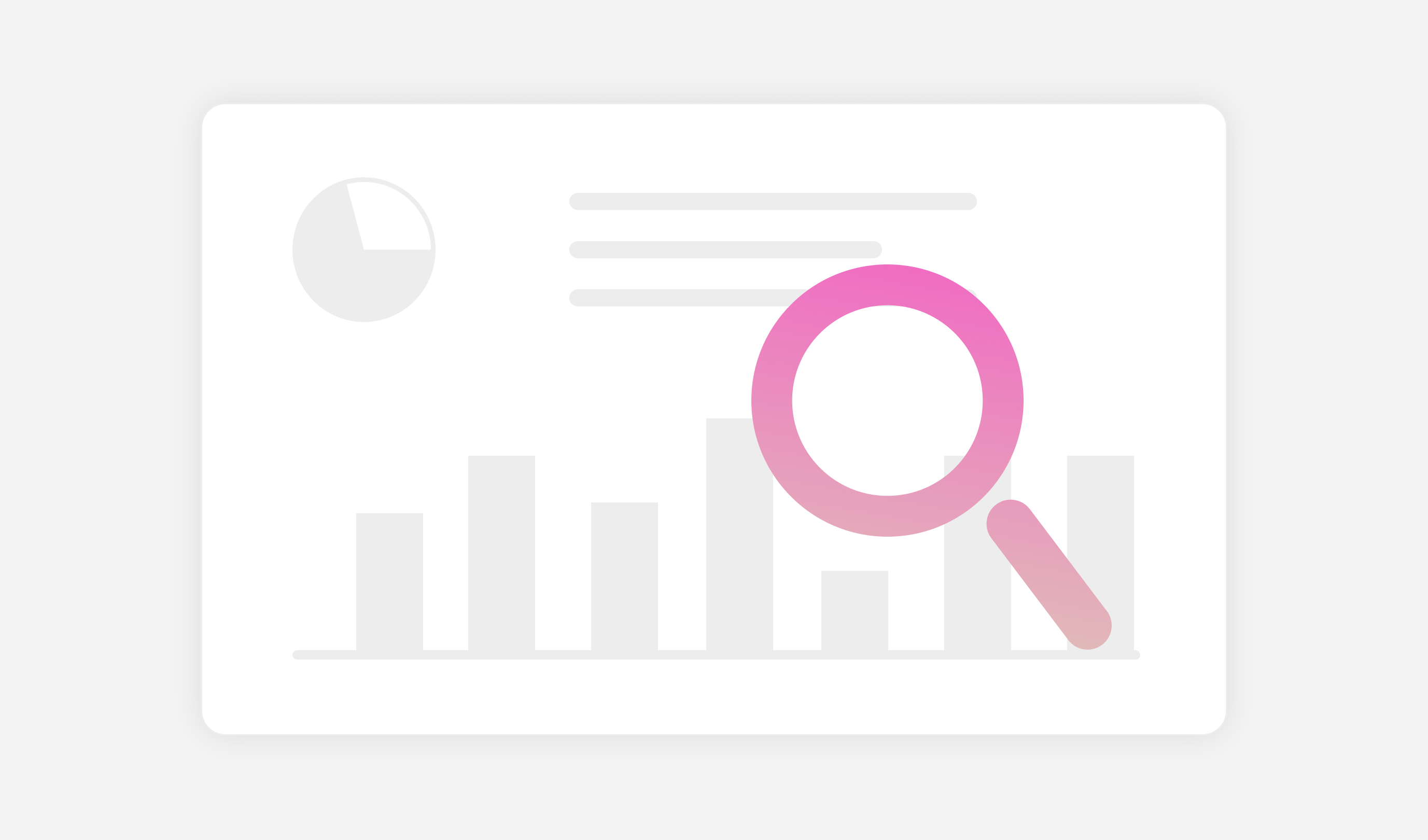
At an RSA architecture & urban planning group launch event there was a common concern echoed among planning professionals: is AI going to replace us? It’s a fair question; but also one that misunderstands what AI does best. Within the planning world, AI isn’t a threat to the profession. It’s a tool to elevate it.
As the new government Digital Planning Directory shows, providing a central hub for LPAs to find trusted digital tools is pushing for a common standard within planning information and digitised historical records.
At Serac Group, we’re not only part of the DPD, but we’ve also been working with planning authorities to show how AI can make planning smarter, faster, and more transparent; without removing the need for human oversight. As we like to say: Our AI can predict the trends, but you approve them. Or AI insights, human-led decisions.
Planning today is data-rich but resource-poor. AI can help bridge that gap. Whether it’s automating validation checks or summarising consultation responses, AI helps shift the burden of admin away from officers, so they can focus on the judgment calls only humans can make.
While the government is taking some early action with reforms to divert more funds into the hands of the planners with the ability to set their own fees, efficiency still stands to be tackled. The income from the new fees will be spent exclusively on resources to improve the local planning service.
One key takeaway from our Planda x Idox workshop was that data alone doesn’t tell the full story. Planners need context, local knowledge, and human insight. AI can process thousands of consultation responses and surface themes, but it’s the planner who makes sense of them in a community context.
In that way, AI supports better engagement, not less. It gives planners the tools to respond with confidence and clarity, rooted in the real-world experiences of the people they serve.
AI is already helping with monitoring, forecasting and scenario modelling in plan-making. It’s giving LPAs early warnings, sharper insights, and stronger evidence bases. But again, it’s the planners who decide how to weigh competing priorities and local needs. As the RTPI makes clear, professional judgment remains essential in interpreting the data and applying policy (RTPI)
AI won’t write the local plan. It won’t negotiate Section 106 agreements. It won’t navigate politics, design codes, or community priorities. But it can free up time, surface insights, and help planners make more confident, data-backed decisions.
As Planda builds tools and partnerships across the planning system, we’re focused on one thing: making life easier for the people doing the work. That’s what “you approve them” really means - it’s about putting planners back in control, not sidelining them.